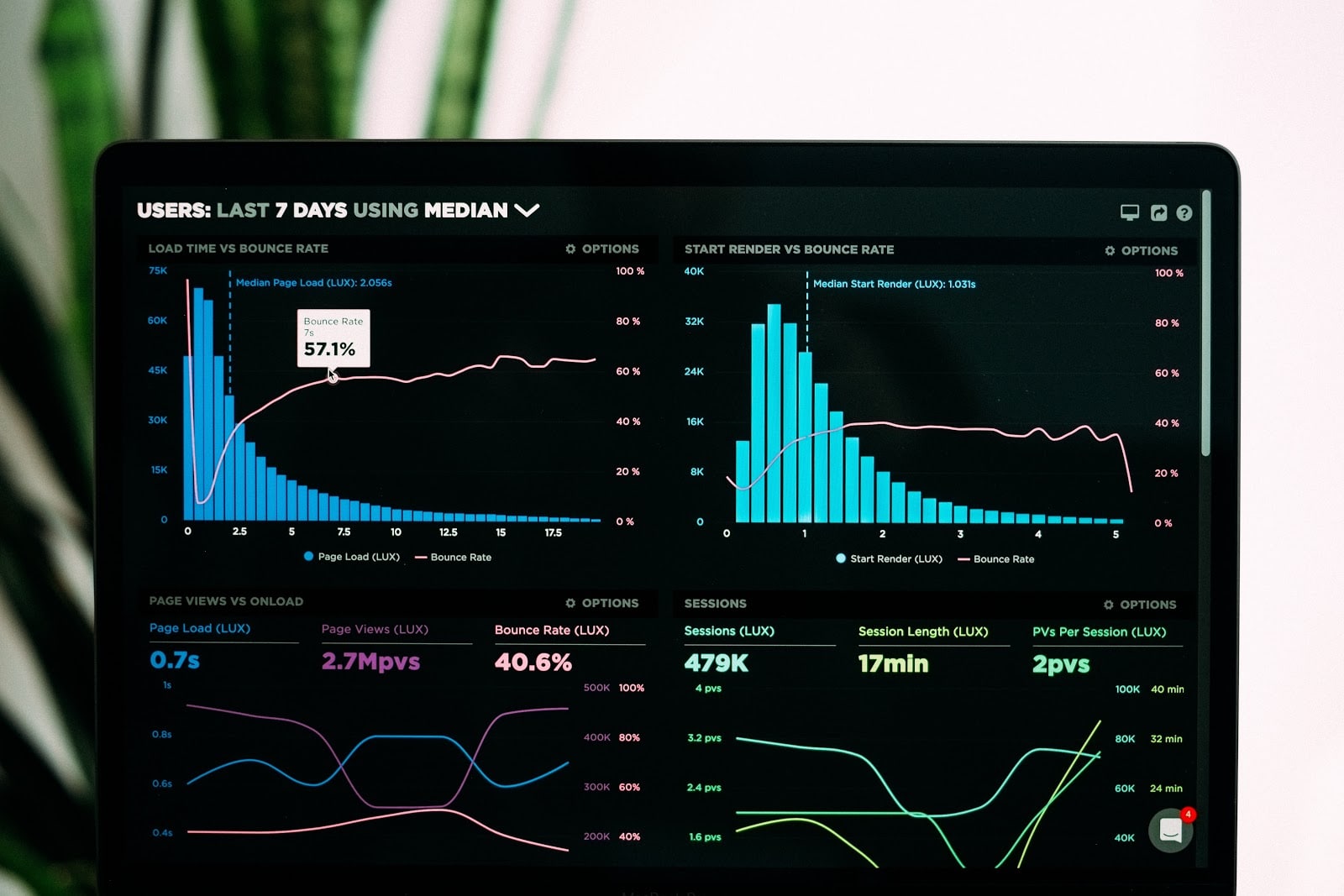How is AI Shaping the Future of Marketing?
Artificial intelligence tools are being used extensively. They are being used to gain deeper knowledge about customers, clients, and leads. Most of you savvy marketers are aware of AI marketing and are using it to make data-driven decisions. Brands are using AI-powered algorithms in their day-to-day marketing operations. This ranges from chatbots to running personalized ad campaigns.
3 Ways AI is Helping Marketing Managers
According to a study by Dresner Advisory Services,“40% of marketing and sales teams say data science encompassing AI and machine learning is critical to their success as a department.” And this is quite logical, AI does help to automate many of the marketing tasks making the overall process easier. Here are the 3 most prominent ways AI marketing helps.
1.Deeper Consumer Insights
Any brand which creates engaging and compelling consumer experiences is a successful one. Marketers now know exactly what their customers are feeling and what they want. Monitoring this data in real-time allows marketers to act upon it. They can then modify their marketing efforts as the situation demands.
2. Optimizing Ad Campaigns
Consumers would not engage with a piece of content that holds no value for them. And marketers have been using AI-driven tools like social media monitoring to add value to their campaigns and account-based marketing efforts. AI tools can monitor thousands of data streams searching for keywords, brand mentions, etc. The tools also present a full-blown analysis of your company’s online performance. These insights can be used to design and optimize future promotional campaigns.
3. Real-Time Feedback and Customer Engagement
One of the major roles of most PR professionals and marketing managers in the digital era is to maintain a healthy online reputation. This requires constant surveillance of the online space. Social intelligence tools are able to identify major blocks or trends and map the sentiment around it. Marketers can thus monitor the negative trends being reported and get in touch with the consumers who have posted using these keywords. Being able to learn about what a customer is facing in real-time and communicating with them without delay holds the key to improved customer experiences while avoiding any future crises.
Artificial intelligence technology has been helping develop marketing strategies that improve a consumer’s experience day after day. The technology is new and is still learning and faces a few glitches when trying to decipher human speech forms like sarcasm but with extensive use, it keeps learning. As technology keeps on advancing, over time we will be seeing an extensive use of this technology in almost every industry.










